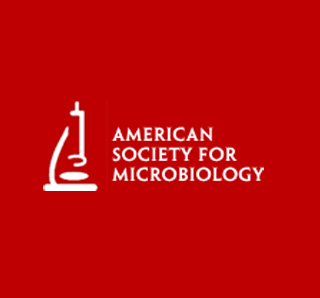
Silver preparations are known to boost antibiotic efficacy against wound infections. Different silver preparations possibly fail to match observations from clinical studies. Investigators observe that nanocrystaline silver is much more beneficial than conventional silver against biofilms during both one-day as well as long-term treatment. Nanocrystaline silver apparently improves vulnerability of biofilms to antibiotics than larger silver particles because the small particles expose more surface. The silver atoms on those surfaces supposedly interact with macromolecules like DNA and proteins within the biofilms.
This interaction may disorganize macromolecules and degrade their defenses against antibiotics. Victoria Kostenko and colleagues are developing bioremediation for oil sands tailing ponds. Biofilms are considered highly adaptable to hostile environments and great producers of by-products, namely surfactants separating residual bitumen and consolidation of clay suspensions. It is predicted that exploiting biofilms can aid in declining the ecological footprint of oil sand operations to acceptable levels.
The research is published in the December 2010 issue of the journal Antimicrobial Agents and Chemotherapy.
